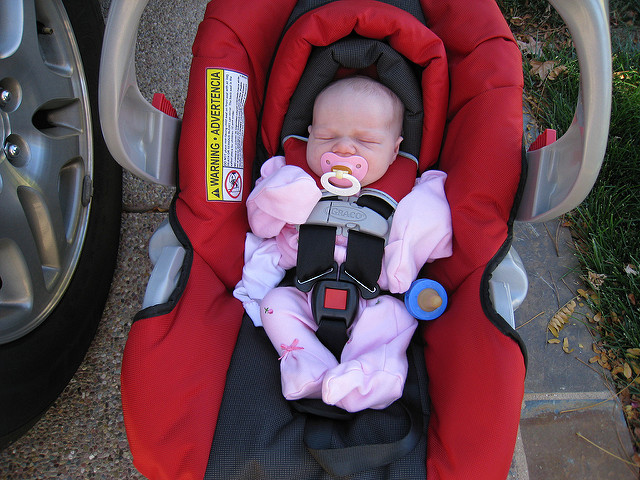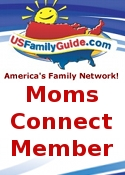Image by Dan Harrelson on Flickr, used with Creative Commons license
Parents have so many important decisions to make upon the arrival of their newborns, and all choices will have the health and safety of their children as their primary thought. One of the first decisions that parents will make is choosing between different car seats and baby carriers. Those trying to decide which accessory best suits their family needs can choose from a variety of options. In order to make the best choice, here are a few tips:
Consider the Age, Size, and Weight of Your Child
Car seats for babies are carriers designed with specific traits to match the age, size, and weight of your child, and these specifications have a few general guidelines that are essential to follow. The most common options are rear-facing seats, forward-facing seats, and booster seats.
Rear-Facing Seats
It is commonly and strongly recommended by health and safety organizations, including the American Academy of Pediatrics, that children remain in rear-facing car seat carriers for as long as possible. Rear-facing seats are considered the safest way to transport younger and smaller children. You will know your child has outgrown their rear-facing car seat when their head is within an inch of the top of the seat.
Forward-Facing Seats
Experts used to think that children could switch to forward-facing seats at the age of two, but now they suggest that you wait to move your child to forward-facing seats only once they have outgrown their rear-facing seats. “Outgrowing” can mean either exceeding the maximum height or weight capacity.
Booster Seats
Children can use booster seats when they are old enough to use an adult seat belt but may not be tall enough for the seat belt to fall correctly across their body. It is however still strongly suggested that children sit only in the back seat, as it is by far the safest position for them in the vehicle.
Image by Juhan Sonin on Flickr, used with Creative Commons license
Consider the Size of Your Car
When purchasing a car seat for a child, it is important to make sure that your potential car seat fits the dimensions of the back seat of your vehicle. There should be ample space between the rear and front seats of the car. Try not to sacrifice leg room if possible, so your passengers can still sit comfortably and safely in the vehicle. This will also help you to avoid any crankiness incidents.
By following these easy steps, parents can feel confident that their child is safe and comfortable in the car.
Do you have a favorite type of car seat for your baby? Tell us your thoughts below!




